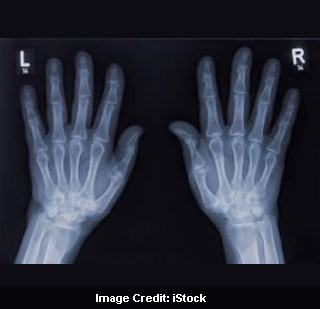
Articular cartilage is the smooth, white, rubbery tissue that probably covers and cushions the ends of bones in joints. Treating even an ant sized damage to this tissue appears very difficult. Well, that’s possibly because the tissue lacks blood vessels and has little ability to repair itself and re-grow. Hence, wear-and-tear damage seemingly builds up over the years, leading to conditions like osteoarthritis. In order to highlight the progress toward medical use of tissue engineering for tackling joint damage, experts scanned global research on the topic.
They found that scientists have fabricated many new tissue engineering methods, including implantation of so-called ‘scaffolds.’ These scaffolds are reportedly made of biomaterials that mimic cartilage matrix in the body and can guide the transplanted cells. They also appear beneficial in orchestrating the host cell response, delivering structures and microenvironment substances to help rebuild cartilage at the injury site. In conclusion, Tong Cao and colleagues mention that future research involving the development of multi-functional biomaterial delivery systems can affect cartilage tissue regeneration on multiple levels.
The research is published in ACS’s journal Molecular Pharmaceutics.
